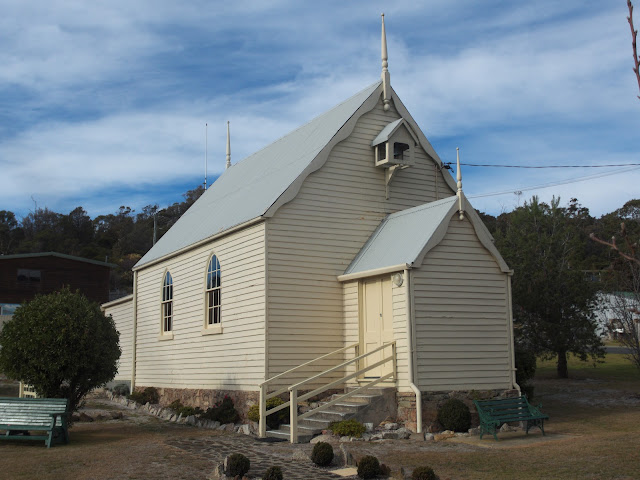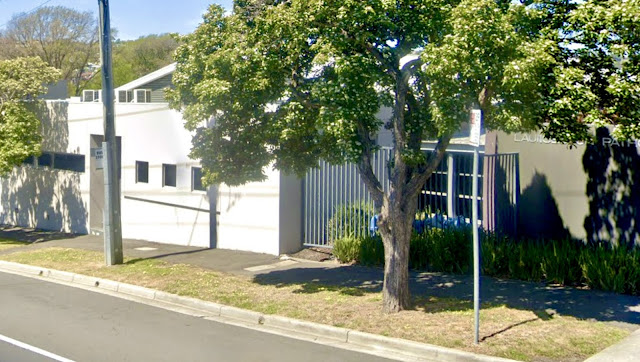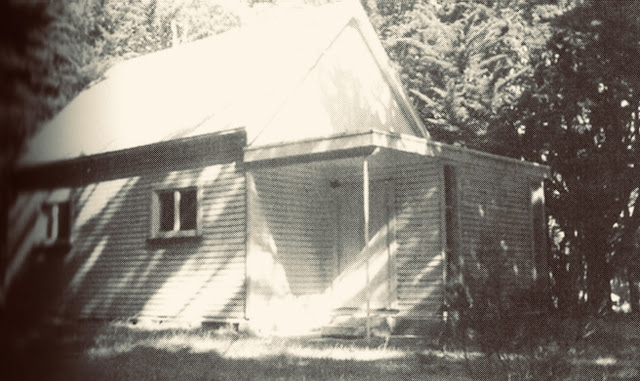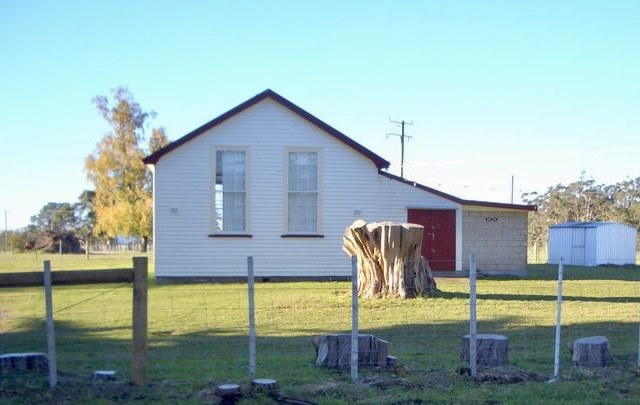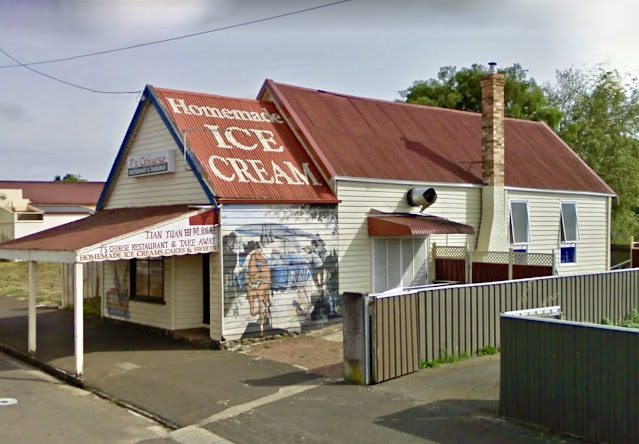No. 1422 - Rosebery - Uniting Church [Methodist] (1930)

Rosebery is a mining town located on the Murchison Highway approximately 60 kilometres north of Queenstown. The town’s name is taken from a mining claim established by Tom McDonald in 1893. It was named the Rosebery Gold Mining Company after the Prime Minister of England, Archibald Philip Primrose, The Earl of Rosebery. The develop of the town only got underway in the 1920s. In February 1930 a visitor to Rosebery remarked on the development that had recently taken place: “Since our last visit over three years ago, Rosebery has made immense strides, and a new town has practically arisen. Building operations are still going on to provide new houses and places of worship. Ringed around by mountains of imposing height - Mounts Murchison, Read and Black, and by lower heights, clothed by trees and bush, Rosebery is really beautifully situated, and might be considered a most delectable residential town, if it were not for the heavy rainfall, the roads, alternately dusty and muddy, and the com

